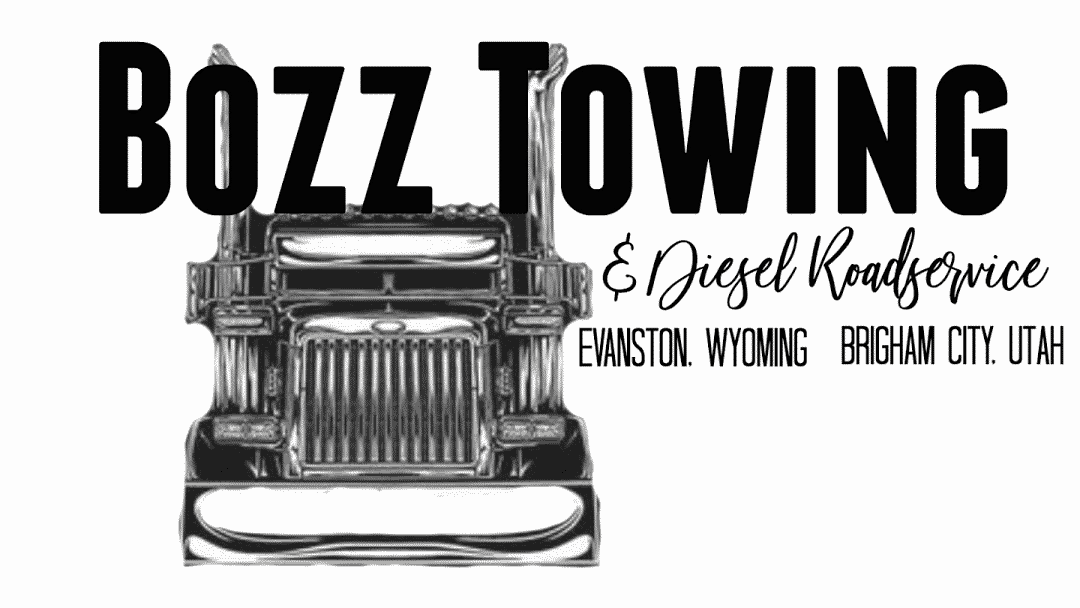Double clutching isn’t a complicated process, but it is essential for commercial drivers to understand. Simply put, double clutching is when one clutch movement pulls the vehicle out of gear and the other clutch movement pulls it into the next gear.
Well, what’s the point? How does this benefit you as a trucker driving semi trucks or any vehicle for that matter?
Whether you’re a beginner or have been driving for years, double clutching is vital. It will help with any shifting and ease the stress on your clutch over time. Essentially, it doesn’t matter what type of semi truck you drive — all types can benefit from double clutching. It takes some time to get the hang of, but the benefits are worth the effort.
If you haven’t heard of double clutching or what it is, don’t worry; we are here to help explain the process and make sure your semi truck driving career goes as smoothly as possible. If you want more information on what double clutching is and why it’s important for any semi truck driver, continue reading below.
What is double clutching?
The purpose of the clutch is to function as a bridge between the engine and the transmission. As a result, when the speeds are out of sync, the clutch helps aid in their synchronization.
By utilizing double clutching with your throttle and brake pedals along with matching engine revs, you can change gears smoothly. This process is what helps reduce stress on your truck’s clutch and extends its lifespan over time.
Floating Gears vs. Double Clutching
Though double clutching is so essential, it’s included on the CDL test there are other opinions about how to help ease your shifting process and protect your truck’s clutch from wear and tear.
For instance, an alternative to double clutching is float shifting. The term “float shifting” is used to describe any change in gear selection in a nonsynchronous transmission that does not involve engaging the clutch. Shifting in this manner is also used with synchronous manual transmissions, especially after a clutch failure, to prevent the synchromesh from being destroyed by the engine’s power.
Why do truckers use double clutching?
The process of double clutching when driving semi trucks is what helps prevent damage to your transmission and engine. By utilizing the clutch in a safe way, it will help protect you from needless repairs or potential breakdowns that can occur if this process isn’t done correctly. It’s a must-know process, especially if you want to protect what matters most in the trucking industry: your vehicle.
When to use double clutching
In many vehicles, double clutching is of use when changing down gears. It can even help you maintain a higher RPM.
When double clutching, it’s important to know what situation calls for utilizing your gears and when shifting can be done in a more efficient manner with less stress on the transmission itself. There are different types of semi trucks which require proper use depending on what type is being driven; regardless of what type of semi truck you drive, knowing what dictates when double clutching is necessary is important for safety and protecting the longevity of your vehicle.
How to double clutch a semi truck?
Learning how to properly double clutch can be difficult at first but what matters most is that it’s worth your time and effort in the end. It might seem like a lot to handle at first, especially with everything else you need to be aware of when on the road; however, once mastered double clutching can become easier over time.
The steps below will help guide you on how to double clutch properly:
Depress the Clutch
To shift gears, first depress the clutch pedal all the way down and hold it there. If you wish to slow down, this would be a good moment to begin braking.
Shift into Neutral
With the clutch still depressed, shift the transmission into neutral. The transmission is now halfway in sync with the road at this point. When you release the clutch, the other half of the transmission will synchronize with the engine. The aim is to achieve synchronization of these two speeds.
Release the Clutch
After the engine and transmission synchronize, move the lever in and out of neutral to release the clutch. The combination is now in sync with the road and engine, but they are not linked with one another.
“Blip” the Throttle
With the clutch still neutral, tap the throttle to gain some RPMs. The quantity of throttle necessary depends on how substantial a change in gear is made.
Depress the Clutch
Immediately after depressing the throttle, release the clutch. The transmission’s “engine side” will continue to spin, but it will no longer connect to power.
Shift into the Desired Gear
Apply pressure to the gear shifter as though you’re shifting gears, but don’t force it. When both halves of the engine wind down at the same rate, it’ll eventually reach a point when they all spin at the same speed. It’ll slide into gear effortlessly without clogging once you’ve located the ideal position.
Release the Clutch
When the shifter is in place, gradually release the clutch and try to find the best engine RPM to continue driving.
Overall, what matters most is what gear you want to be in and what your vehicle needs for that specific speed.
Double clutching tips for semi truck drivers.
By double clutching what you are doing is making your engine work harder for the speed you want. There’s no definitive answer as to what gear this should take place in because there are different types of semi trucks and what works best depends on the type being you drive. Regardless, it’s important that drivers know what dictates when they should double clutch and how to do so properly.
The following will help guide you on what steps are necessary in order to double clutch properly:
- Listen to the engine’s revs. You don’t want your revs to drop so low that when you release the clutch, you’re dragging the motor.
- When you ease off on the clutch, make sure your revs are high enough that the truck won’t stall. It should be a smooth transition between your feet and the gear shift. Simply feather it in and out of gear. Don’t try to force the shift.
- If you detect resistance, you’re not doing it properly. Stop and start again if necessary.
- Make sure to release the throttle before shifting into a lower gear. This will prevent a stall-out and allow you to shift smoothly without any grinding or resistance.
- The more time spent practicing, the less issues there’ll be when driving a semi-truck on actual roads.
Double clutch with confidence.
Double clutching can seem daunting at first, especially with everything else a semi truck driver must worry about while driving; however, once mastered double clutching becomes easier over time. It’s important to remember what situation calls for double clutching.
We hope that this post has shed some light on semi truck double clutching and how to do it correctly. We understand what life is like as a semi truck driver, and we want you to be safe while behind the wheel. However, if you ever need roadside truck road service in Utah or Wyoming, get in touch with Bozz Towing & Diesel Roadside!

